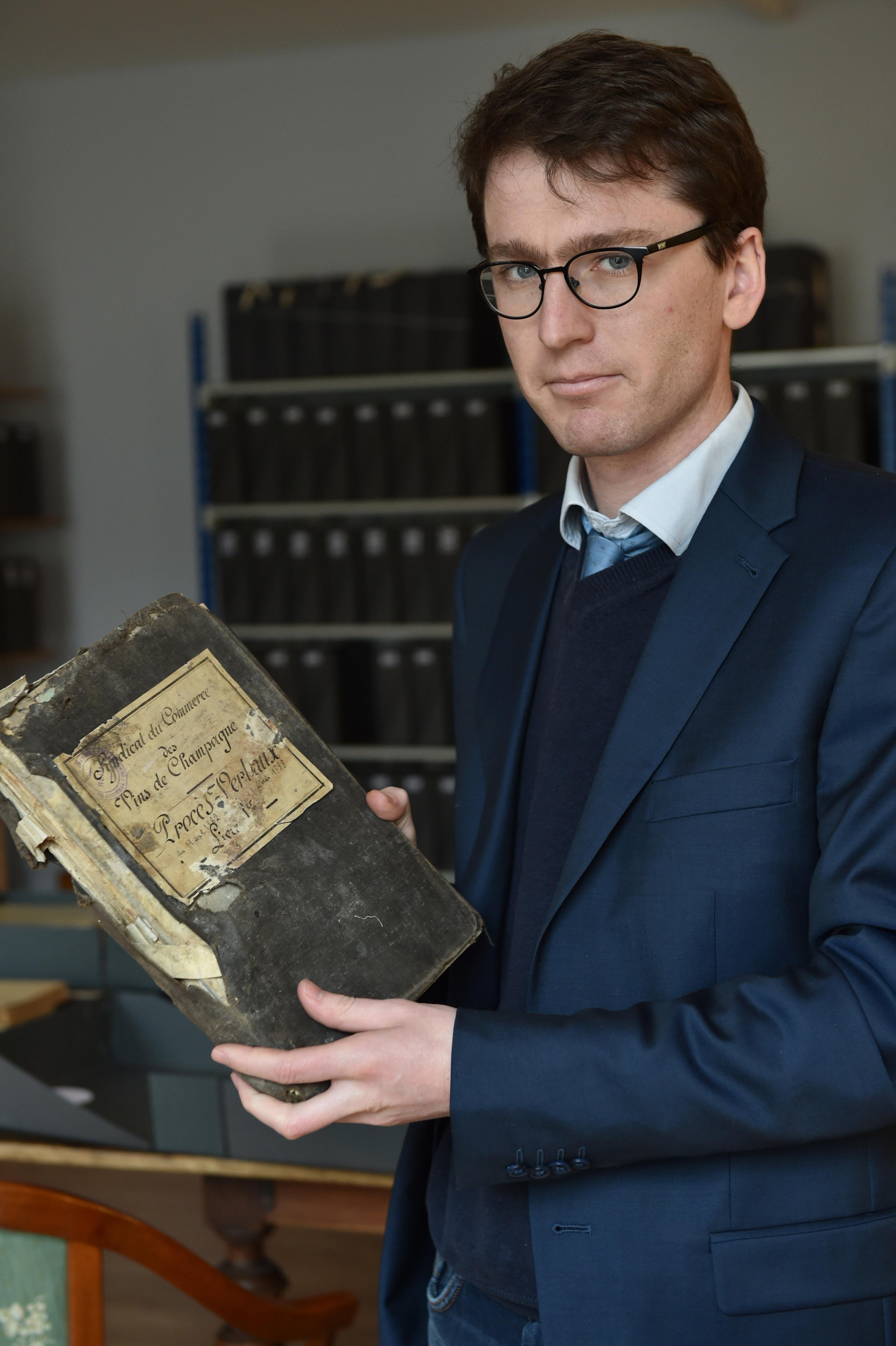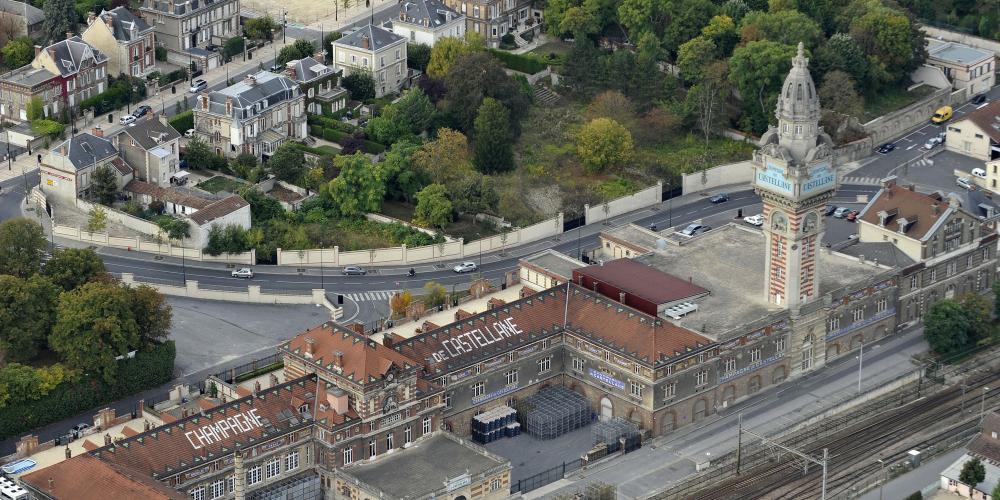Champagne - a story in itself

When did the Champagne region become a wine region?
YT: It was undoubtedly the Romans who introduced viticulture into the Champagne region at the beginning of the modern era, although the “Remi” were already great wine lovers long before the conquest of Gaul by Caesar. The first mention of vines, however, dates only from the Middle Ages, appearing in the Testament of Saint Remigius, Bishop of Reims, who baptised Clovis.
Viticulture then benefited from the rise of monasteries that colonised the region. In the seventeenth century, mountain wines and river wines already enjoyed a great reputation—at the court of Louis XIV, doctors fought each other over whether it was preferable to prescribe His Majesty with wines from Burgundy or from Champagne.
At the same period, a major innovation in Champagne transformed these light wines (rosé red) into grey wines, thanks to a delicate pressing technique. Champagne wines had until then been still (without bubbles) but the early cold weather of the region tended to cut short the first fermentation, which resumed in the barrels in the spring, sometimes making them sparkling. With the bottling revolution from England, allowing the wines to be stored more hermetically, the effervescence was now encouraged with the addition of a liqueur, and champagne was born.
How did these wines become known around the world?
YT: In the Middle Ages, the region was located on the route of the Champagne Fairs. The vineyards were also the furthest north and thus the closest to countries such as Flanders and England for their wine supplies. Lastly, via the Marne river, the Champagne region could supply the Paris market. Moreover, in the sixteenth century, the Parliament of Paris prohibited Paris innkeepers from sourcing their wines less than 90 kilometres from the capital, as the winemakers around Paris were tending to increase their yields to the detriment of quality. Since Champagne is located just beyond that limit, it was thus in a strategic position to supply wine to Paris.
From the eighteenth century, the first champagne houses sent their travelling salesmen to all the major courts of Europe and soon beyond. These skilled traders described the different tastes of the countries they visited to the champagne houses, who adapted their champagnes according to the destination: highly dosed with liqueur for Russia and much drier for England.

How has the story of champagne coincided with larger history?
YT: The Champagne vineyards often provided wine to celebrate the coronation of the kings of France that took place in Reims Cathedral. From a wine of coronations, champagne then became the wine of kings thanks to the commercial drive of the champagne houses, which managed to secure an aristocratic and royal clientele. Furthermore, how many major international treaties have concluded with a glass of champagne? For example, Champagne was served to General de Gaulle and Konrad Adenauer in 1962 at the Franco-German reconciliation banquet. Champagne has always been used in history to emphasise the importance or the symbolism of an event.

